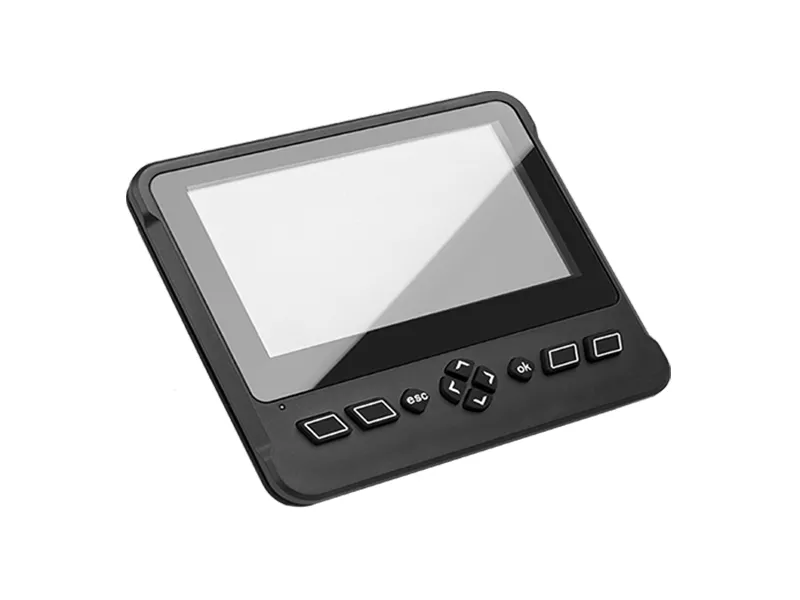In today's rapidly evolving technological landscape, the integration of CAN Bus Display systems has become increasingly prevalent across various industries. These sophisticated displays offer a plethora of functionalities, providing users with invaluable insights into their vehicle's performance, diagnostics, and much more. In this comprehensive guide, we delve into the myriad of information that CAN Bus Displays can monitor, empowering you with the knowledge to leverage this cutting-edge technology to its fullest potential.

Before delving into the specifics of the information monitored by CAN Bus Displays, it's imperative to grasp the fundamentals of this innovative system. Controller Area Network (CAN) technology serves as the backbone of modern vehicle communication systems, facilitating real-time data exchange between electronic control units (ECUs) within a vehicle. CAN Bus Displays act as the interface through which users can access and interpret this wealth of data, providing invaluable insights into various aspects of vehicle operation.
Comprehensive Monitoring Capabilities
1. Engine Parameters
CAN Bus Displays offer unparalleled visibility into a wide array of engine parameters, enabling users to monitor critical metrics such as:
RPM (Revolutions Per Minute): Tracking engine speed in real-time allows for optimal performance assessment and diagnosis of potential issues.
Temperature: Monitoring engine temperature aids in preventing overheating and ensures optimal operating conditions.
Fuel Consumption: Accurate fuel consumption data facilitates efficient fuel management, ultimately leading to cost savings.
2. Vehicle Diagnostics
One of the most valuable features of CAN Bus Displays is their ability to perform comprehensive vehicle diagnostics. These displays can monitor:
Diagnostic Trouble Codes (DTCs): Identifying and troubleshooting DTCs enables timely rectification of issues, minimizing downtime and maintenance costs.
Sensor Readings: Monitoring sensor readings allows for early detection of potential malfunctions, preemptively addressing issues before they escalate.
3. Performance Metrics
CAN Bus Displays provide users with invaluable insights into vehicle performance, including:
Acceleration: Tracking acceleration metrics aids in performance optimization and driver training.
Braking Behavior: Monitoring braking behavior promotes safe driving practices and enhances vehicle longevity.
Speed: Real-time speed monitoring facilitates adherence to speed limits and enhances overall driving safety.
4. Environmental Data
In addition to vehicle-specific parameters, CAN Bus Displays can also monitor environmental data, such as:
Ambient Temperature: Monitoring ambient temperature provides insights into environmental conditions, aiding in route planning and vehicle operation.
Humidity Levels: Tracking humidity levels can be particularly beneficial in certain applications, such as agriculture and transportation of sensitive goods.
Conclusion
In conclusion, the versatility of CAN Bus Display systems extends far beyond mere data monitoring. From engine diagnostics to performance optimization, these sophisticated SonnePower Display empower users with unprecedented visibility into their vehicle's operation. By leveraging the wealth of information provided by CAN Bus Displays, businesses and individuals alike can enhance efficiency, safety, and performance across a wide range of applications.


Comments
Please Join Us to post.
0